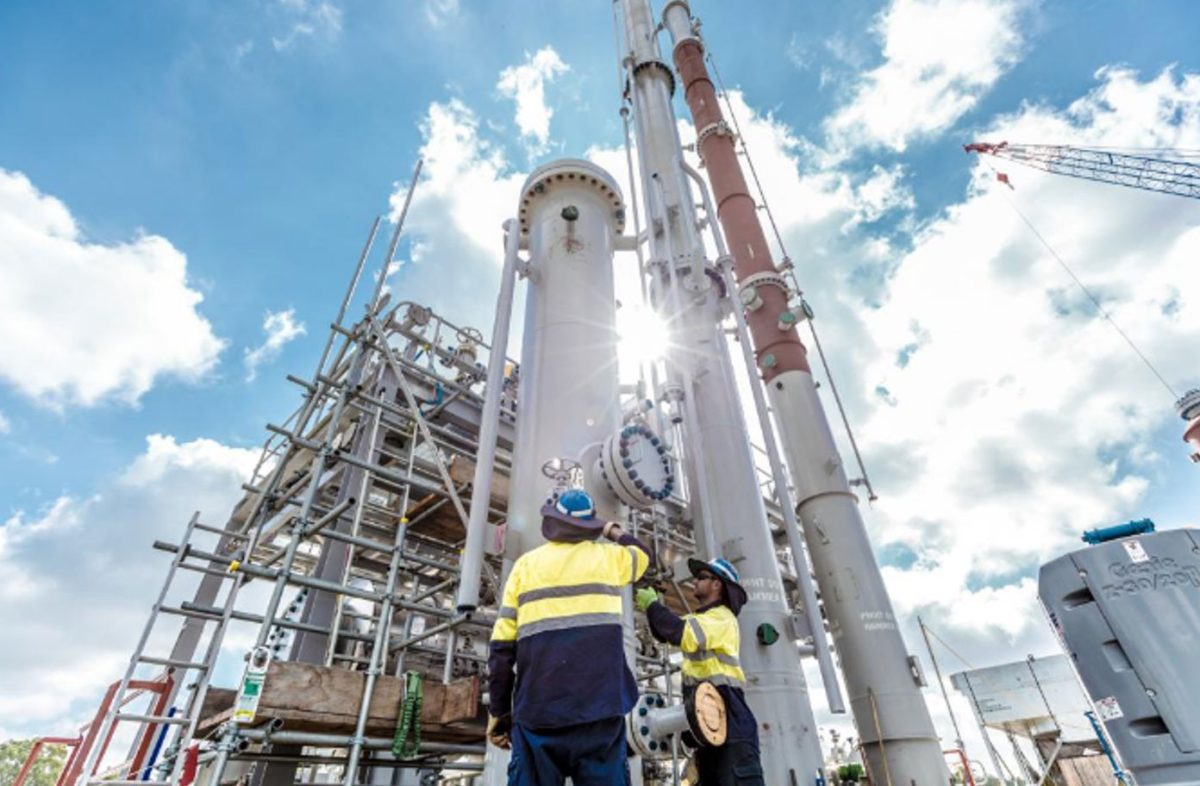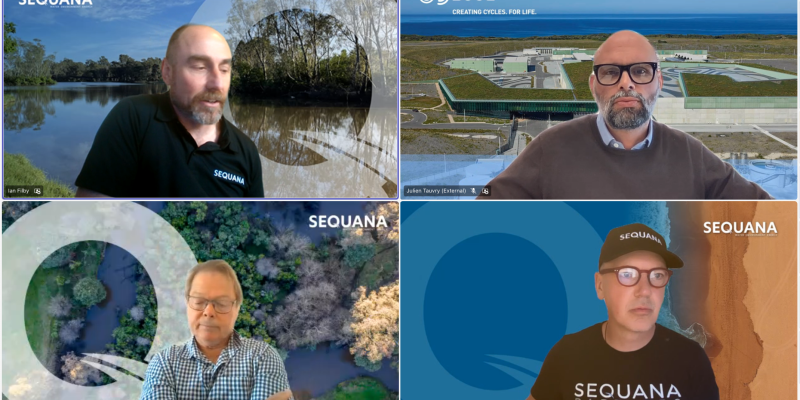The Future of Green Hydrogen in Australia
Green hydrogen, produced using renewable energy to split water into hydrogen and oxygen, is explored to store and transport renewable energy to help decarbonise specific heavy carbon footprint-related industries (energy storage, steelmaking, shipping, ammonia synthesis for agriculture). While this growing industry is still in an exploratory phase, Australia is positioning itself as a global leader.
Sequana’s involvement ties to hydrogen in the water industry is strong, with the organisation working on many of the active projects around the country. At the heart of this innovative topic, Sequana’s National Partner, Energy, Decarbonisation and Major Project Delivery, Ian Filby, Senior Associate Advanced Water Treatment, John Poon, Associate Director, Major Projects, Eric Garcin, Environmental and Process Engineer, Suhaib Malkawi, and Dr. Quentin Bechet, Environmental and Net Zero Engineer, together explore how sustainable this growing practice is.

Highlights of the piece include:
1. Australia’s Unique Position as a Green Hydrogen Leader
Australia’s vast renewable energy potential, political stability, and new Guarantee of Origin certification place it at the forefront of global green hydrogen export. Government strategies such as the National Hydrogen Strategy and the Hydrogen Headstart Program are accelerating the country’s leadership.
2. Water – The Critical Ingredient Often Overlooked
Producing one kilogram of green hydrogen can require up to 60 litres of water when cooling and conversion processes are considered. Sustainable hydrogen production hinges on sophisticated water sourcing, treatment, and management strategies, especially in arid regions.
3. Integrating Water and Energy Planning from Day One
Advanced water treatment is essential for producing the ultrapure water green hydrogen requires. Sequana emphasises that water must be considered at the earliest project stages—not as an afterthought—to ensure resilience and long-term viability.
4. Unlocking a Circular Resource Economy
Hydrogen infrastructure is also a gateway to recovering valuable materials from water treatment processes, like phosphate, lithium, and rare earth elements, redefining wastewater as a valuable resource and blurring the lines between water, energy, and mining sectors.
5. Sustainability Must Include Environment and Community
Beyond decarbonisation, sustainability requires environmental safeguards, early risk assessments, and deep engagement with Traditional Owners and local communities. Sequana advocates for holistic governance approaches to ensure hydrogen projects deliver lasting social, environmental and economic value.
Download the full report here and join us as we explore balancing opportunities and roadblocks and whether green hydrogen can be environmentally reliable.
Download PDF

